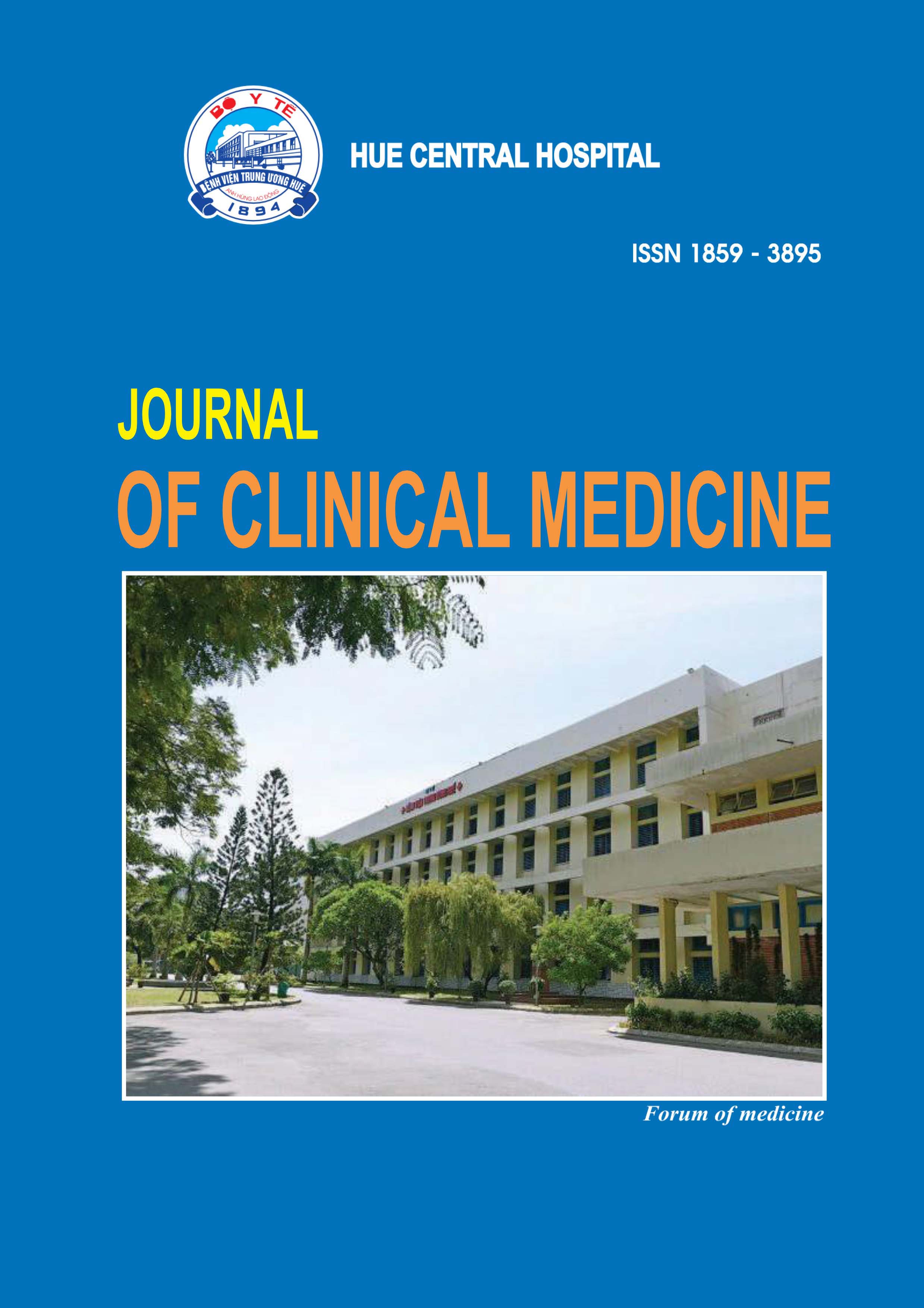Tóm tắt
Background: Population aging in the context of low social and economic development is a huge challenge because the aging population requires more spending on health care, retirement, and pensions. According to a study in Hanoi, 65% of older people rated themselves unwell and 35% rated normal health. According to the 2009 Viet Nam Population and Housing Census data, Kon Tum belongs to the group of 8-10% of the elderly population. Health is the most important criterion when analyzing the situation of the well-being of the elderly. Determining the health characteristics of the elderly is essential to help develop programs and policies to improve health care.
Objectives: The study aims to determine the general health characteristics and describe some factors related to the health of the elderly in Kon Tum city.
Methods: A cross-sectional analysis of 138 elderly persons living in Kon Tum city was conducted. Inclusion criteria were elderly aged between 60 and 80 years, absence of confusion (i.e., no cognitive or behavioral problems), and informed consent to participate in the study.
Results: The prevalence of hypertension in the elderly was 46.04%. Heart rate of 60-100 beats/minute was observed in 93.52%. Thin weight was 10.08%, while overweight and obesity accounted for 48.2%. Alcohol use was 21.58%, and tobacco use was 14.39%. Vision loss was reported in 92.09%, hearing abnormalities in 9.35%, anemia in 5.04%, hyperglycemia in 48.2%, and lipid disorders in 87.05%. The prevalence of risks included a risk of falling (9.35%), frailty (10.07%), pre-frailty syndrome (60.43%), malnutrition (65.47%), dependency (8.63%), depression (36.69%), and cognitive impairment (49.64%).
Conclusion: Attention is needed for diseases in elderly persons, including anemia, hyperglycemia, and lipid disorders, as well as the risks of falling, frailty, malnutrition, dependency, depression, and cognitive impairment among the elderly in Kon Tum City.
Tài liệu tham khảo
Kalache A, Gatti A. Active ageing: a policy framework. Adv Gerontol. 2003; 11: 7 - 18.
Dương Huy Lương. Nghiên cứu chất lượng cuộc sống người cao tuổi và thử nghiệm giải pháp can thiệp ở huyện Chí Linh, tỉnh Hải Dương, Luận án tiến sĩ, Học viện quân y. 2010.
Trần Văn Long. Tình hình sức khỏe người cao tuổi và thử nghiệm can thiệp nâng cao kiến thức, thực hành phòng chống bệnh tăng huyết áp tại 2 xã huyện Vụ Bản, tỉnh Nam Định giai đoạn 2011 - 2012, Luận án tiến sĩ, Trường Đại học y tế công cộng. 2015.
Lê Văn Hợi. Một số đặc điểm nhân khẩu học và thực trạng tăng huyết áp ở người cao tuổi tại một vùng nông thôn Việt Nam. Tạp chí nghiên cứu y học. 2016; 100: 156 - 163.
Rehm J, Room R, Monteiro M. Alcohol Use. Comparative Quantification of Health Risks. 2004: 959 - 1108.
Trần Kim Trang, Trương Phan Thu Loan. Hội chứng chuyển hóa ở người cao tuổi. Y học TP. Hồ Chí Minh. 2012: 82 - 86.
Terroso M, Rosa N, Torres A. Physical Consequences of falls in the elderly: a literature review from 1995 to 2010. Eur Rev Aging Phys Act. 2014; 11: 51 - 59.
Fried LP, Tangen CM, Walston J, Newman AB, Hirsch C, Gottdiener J, et al. Frailty in older adults: evidence for a phenotype. J Gerontol A Biol Sci Med Sci. 2001; 56: M146 - 56.
Nazan S, Buket K. Evaluation of Nutritional Status of Elderly Patients Presenting to the Family Health Center. Pak J Med Sci. 2018; 34: 446 - 451.
| Đã xuất bản | 20-06-2020 | |
| Toàn văn |
|
|
| Ngôn ngữ |
|
|
| Số tạp chí | Số 62 (2020) | |
| Phân mục | Nghiên cứu | |
| DOI | 10.38103/jcmhch.2020.62.7 | |
| Từ khóa |

công trình này được cấp phép theo Creative Commons Attribution-phi thương mại-NoDerivatives 4.0 License International .
Bản quyền (c) 2020 Tạp chí Y học lâm sàng Bệnh viện Trung Ương Huế

